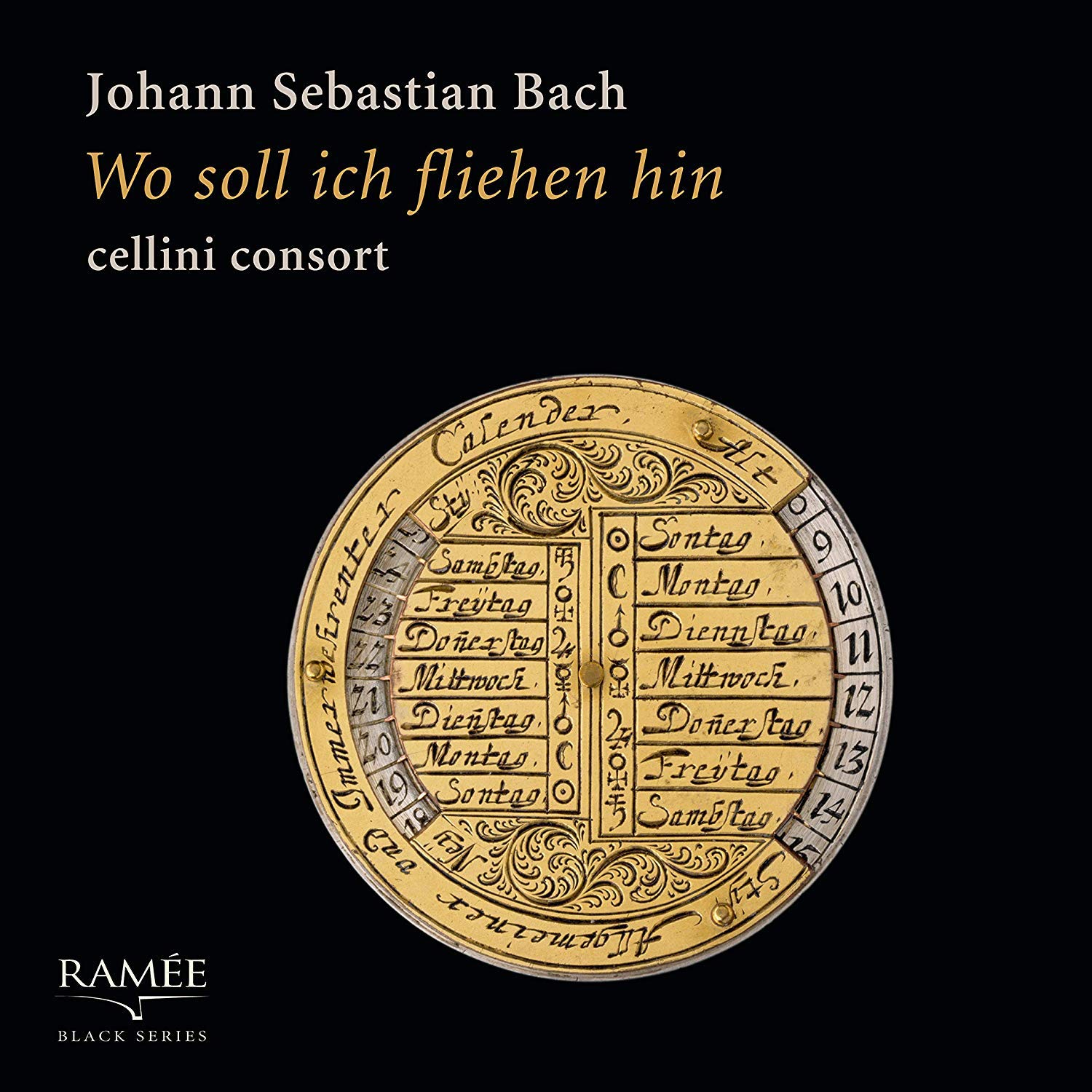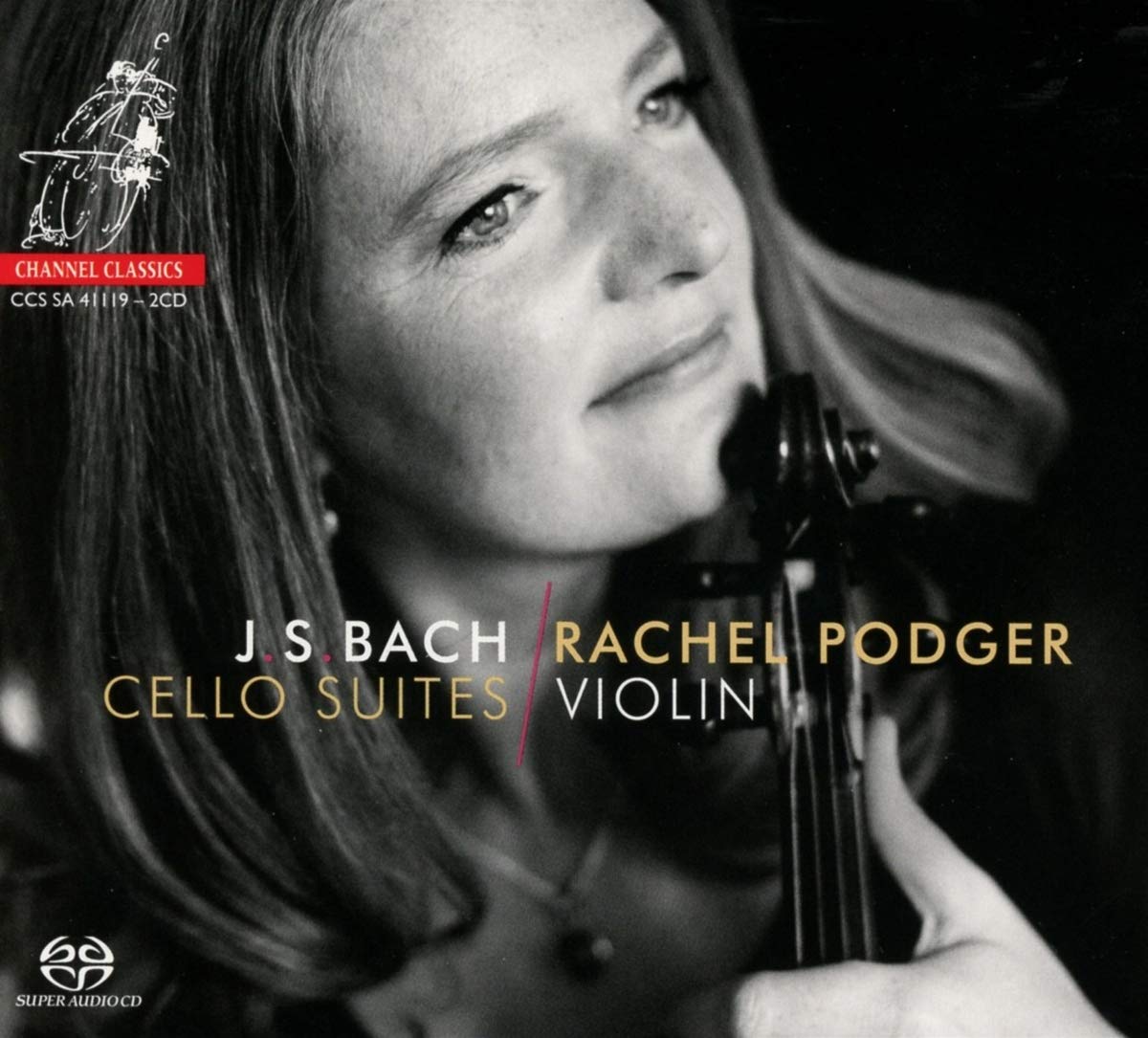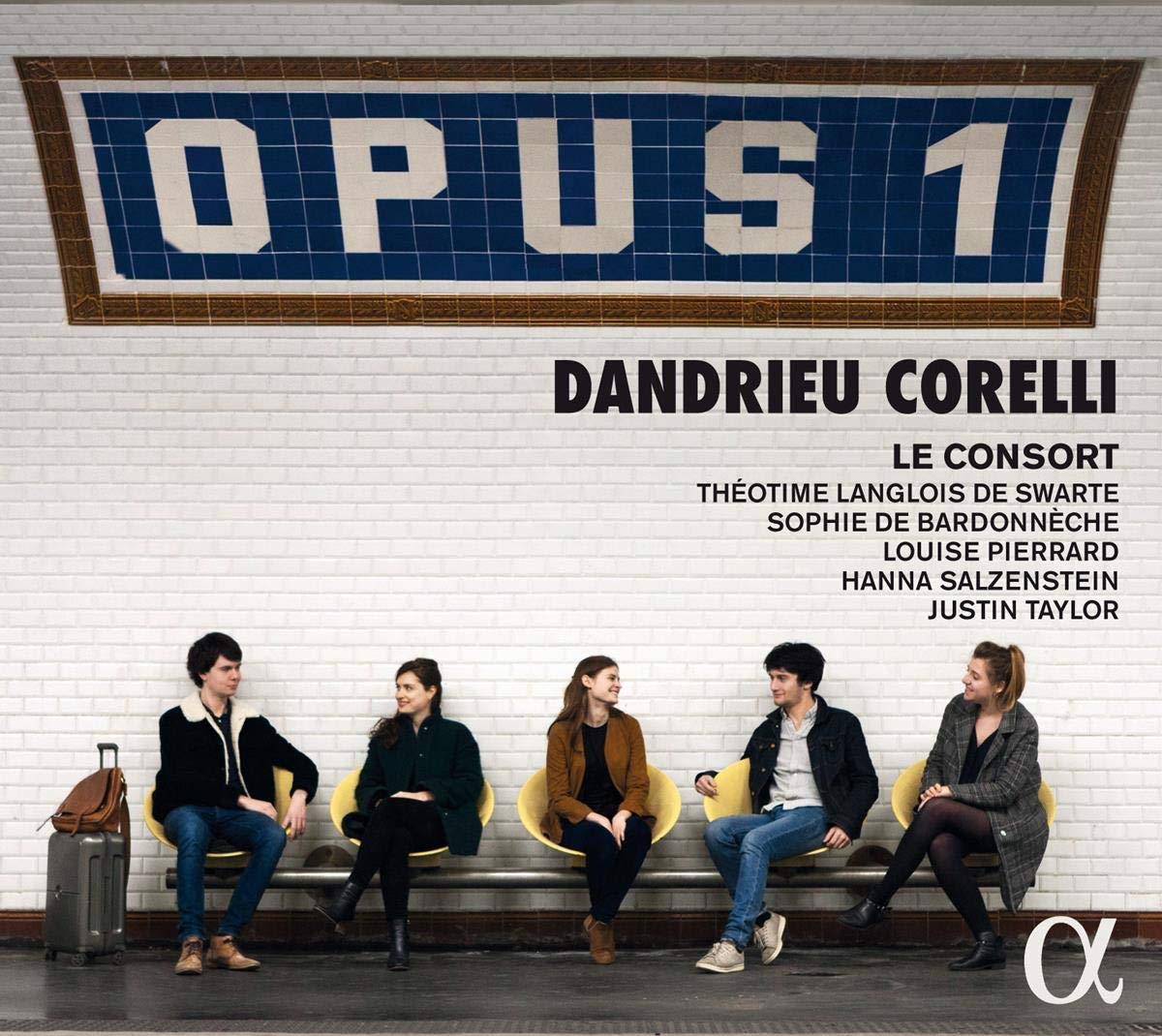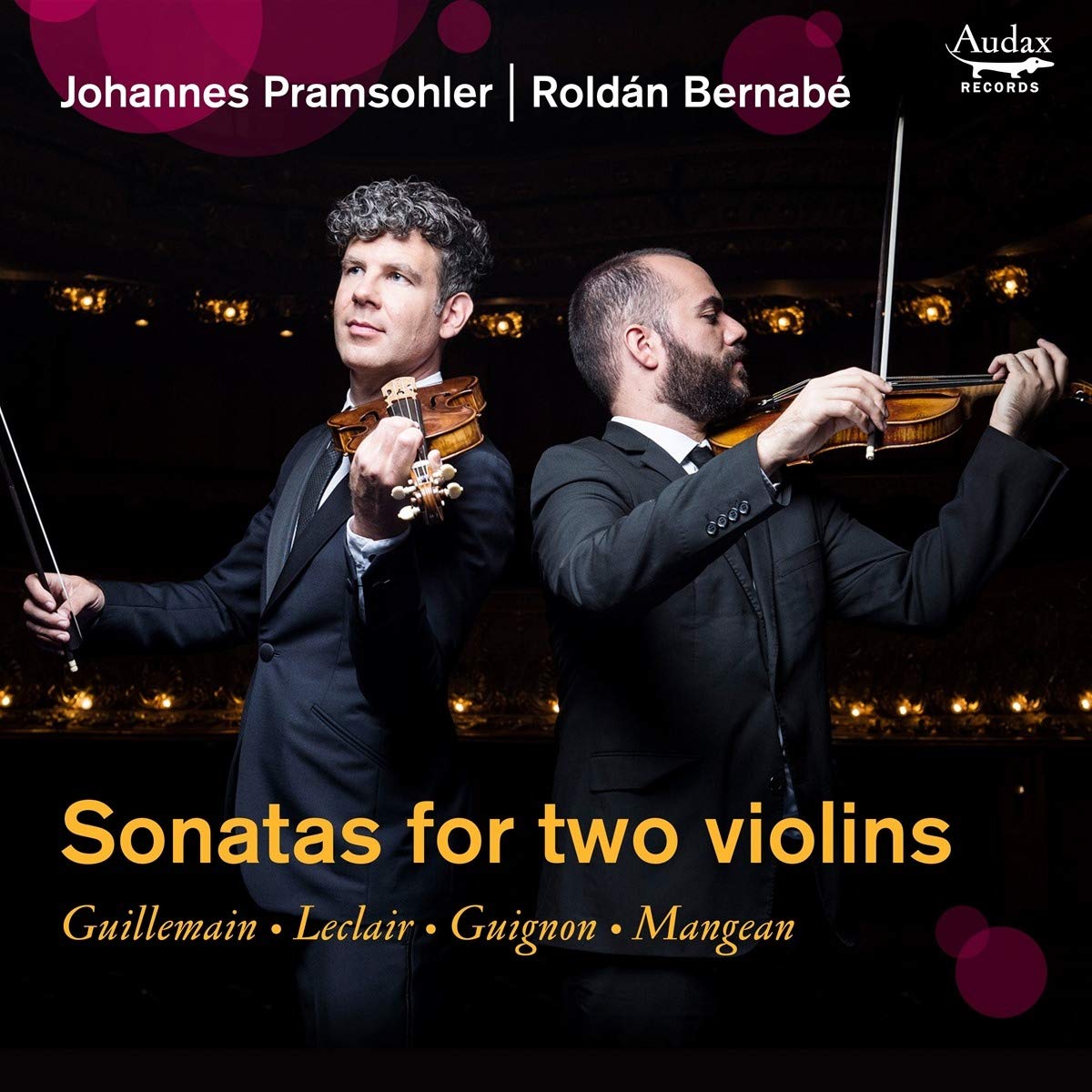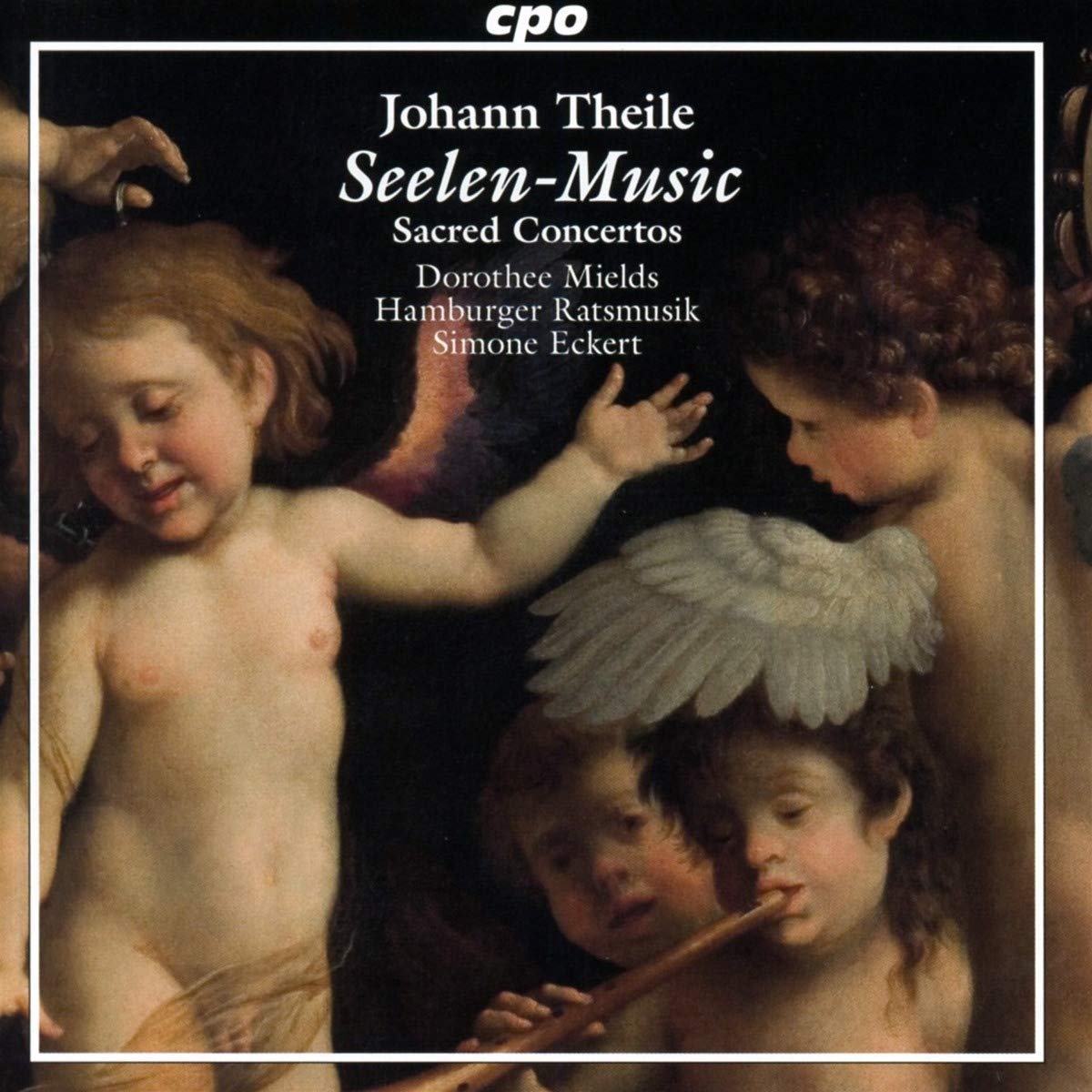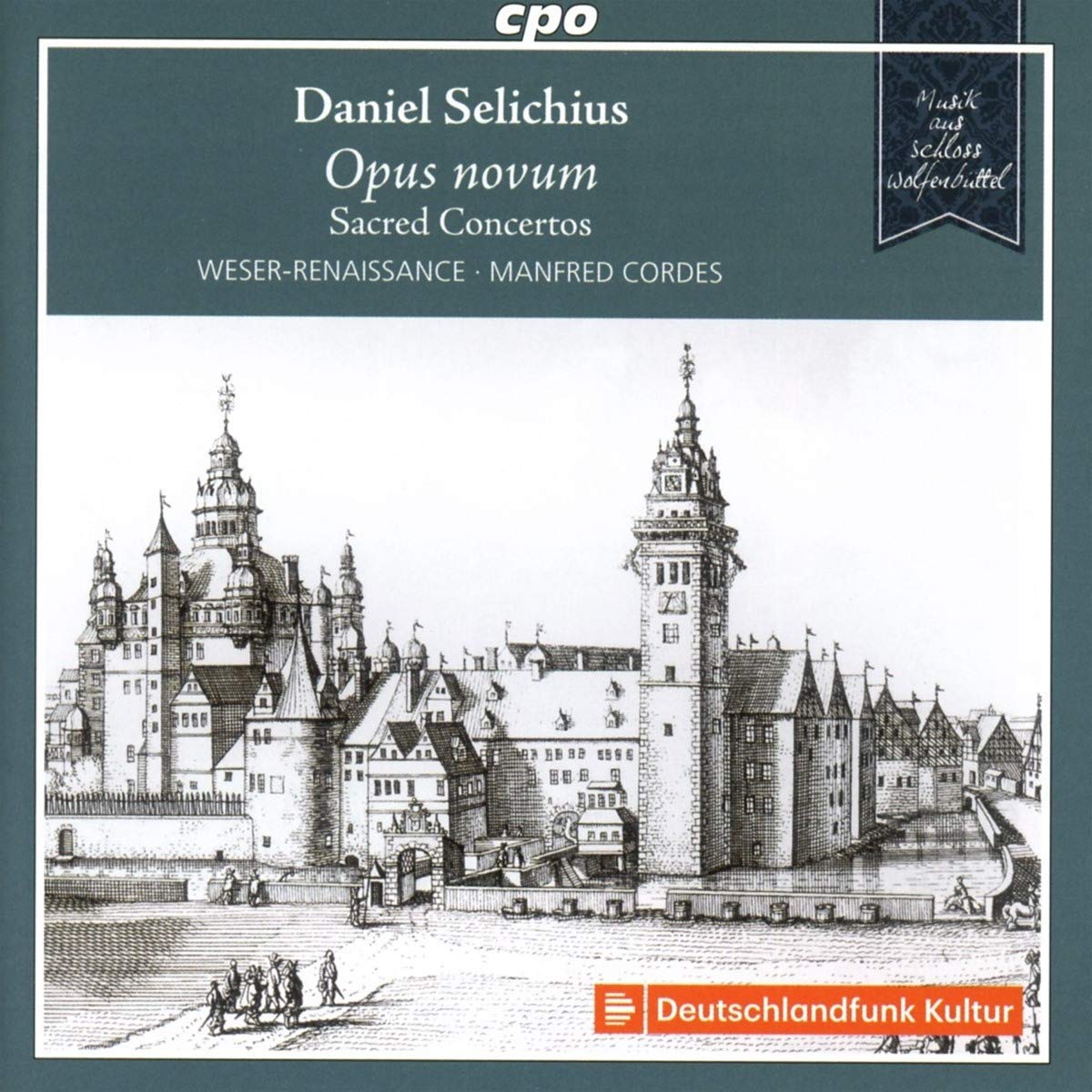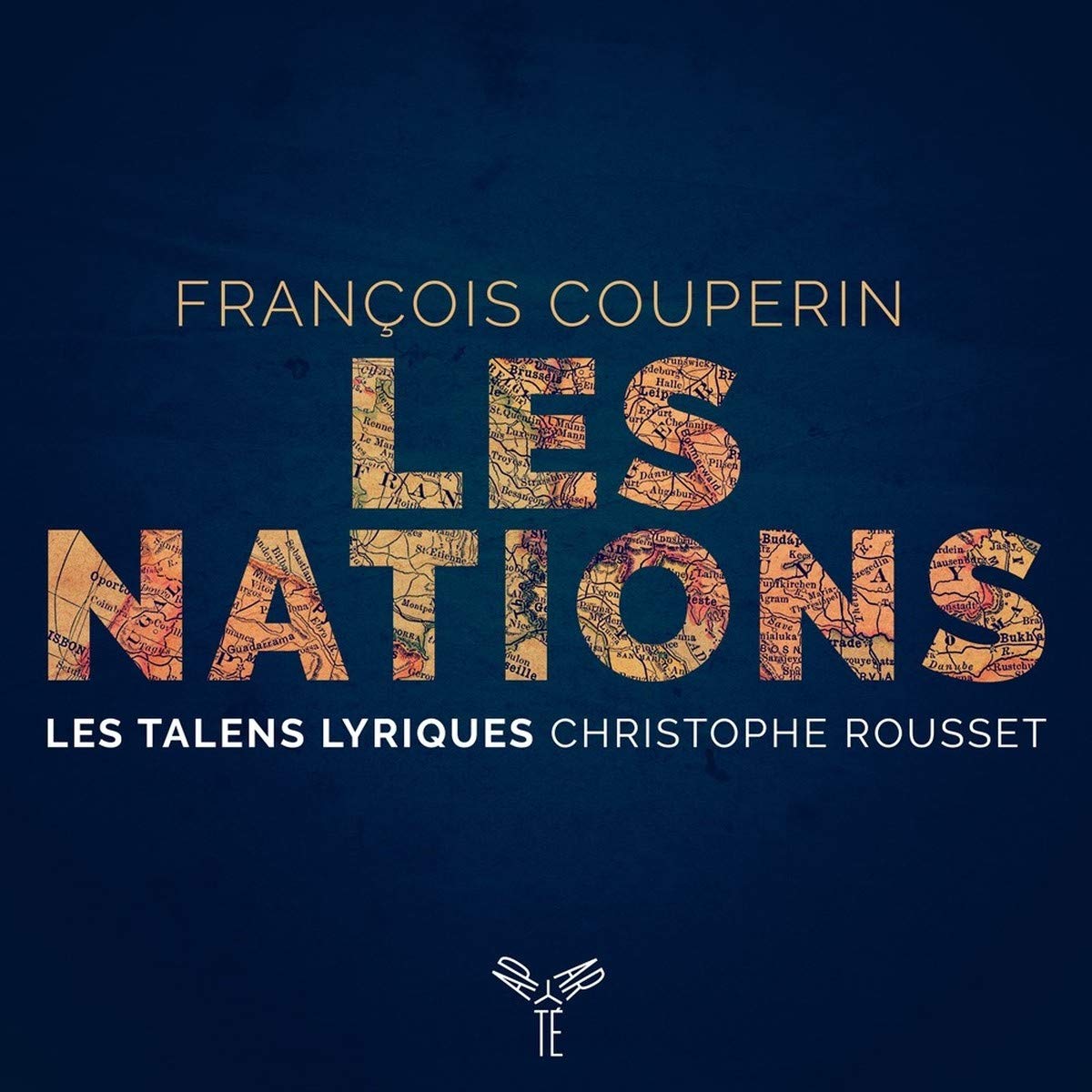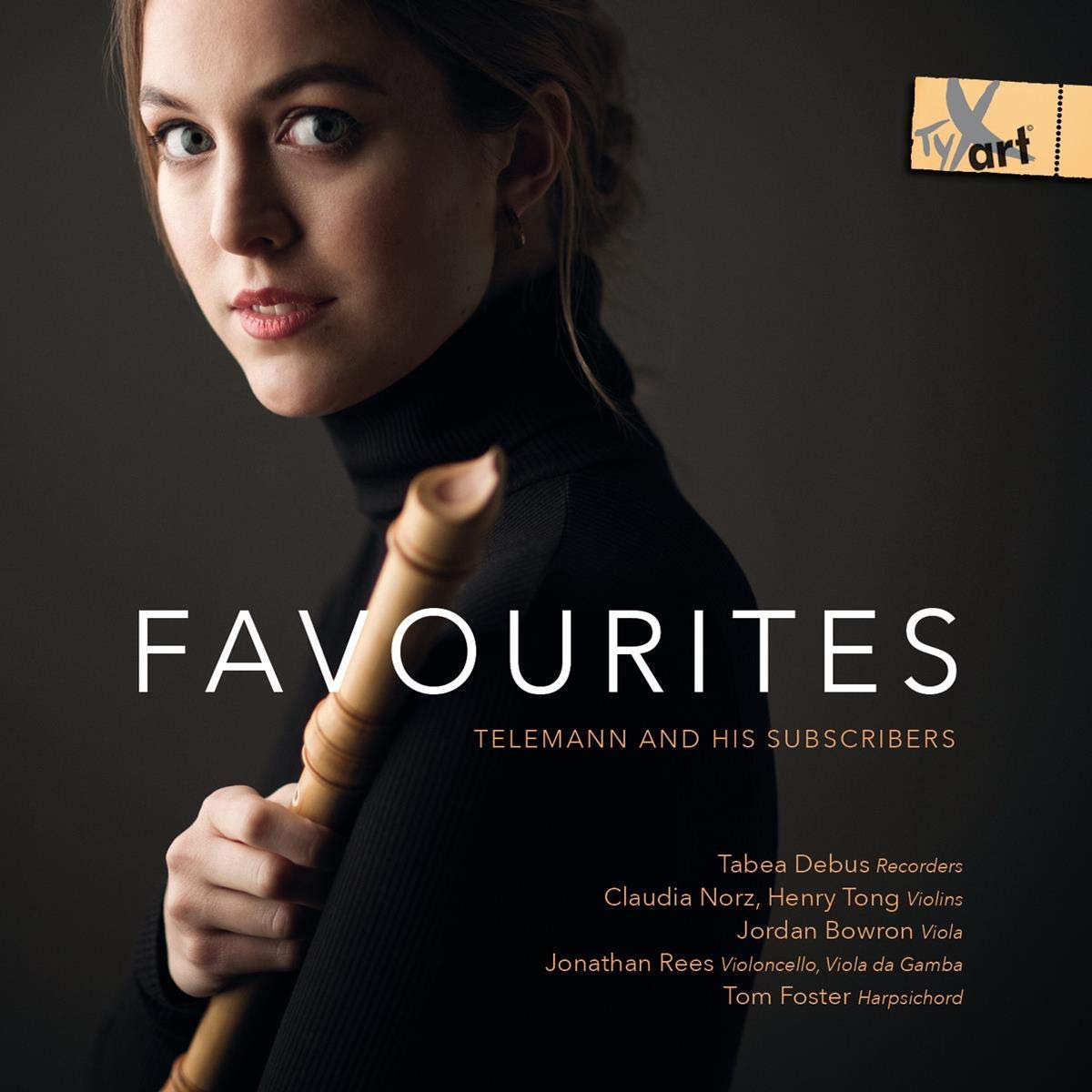Telemann and his subscribers
Tabea Debus recorders, Claudia Norz & Henry Tong violins, Jordan Brown viola, Jonathan Rees violincello & viola da gamba, Tom Foster harpsichord
TT= 66:34
TYXart CD TXA18107
This is a very cleverly conceived recording which has several threads woven into it. The interspersing of works by G. P. Telemann within the time frame of 1728-9, using a selection of Handel’s and Telemann’s operatic arias to compile instrumental Sonatas, (Tracks 5-9, 13-16) a Blavet-Telemann Suite (Tracks 17-22) and some familiar Bach Sinfonias (BWV35, 156) whilst acknowledging the known self-publishing impetus of one of the baroque’s most prolific composers, with two Sonatas from Der getreue Music-Meister. Equally, it links the music to his esteemed and numerous subscribers. There’s also a most salient Bach link to BWV156/1056! Often overlooked!
Telemann took over as impresario of Hamburg’s Gänsemarkt opera house in 1722, right up until its fading appeal and final decline in 1738. The actual number of operas written during his Hamburg, Frankfurt and Leipzig years is still being defined, especially the “Etliche und Zwanzig” 20 odd for Leipzig! During his Hamburg years, there were often performances of his long-standing creative friend Handel’s operas, often a mere year or two after their London premieres. In some cases, the Hamburg “arrangements” were tailoured for the local tastes, with German arias and recitatives at selected moments. Occasionally, a few comic characters were added for a “Buffa” effect. The opera house was in full swing by 1727 through to 1729, with Telemann’s own works appearing, alongside these re-workings of Handel’s original: the original Riccardo Primo Re d’Inghilterra HWV23 (London 1727) became Der mißlungene Brautwechsel/Richardus I König von England (Hamburg 1729), TWV22:8(The thwarted mix-up of brides).
It should be noted that Track 5 ought to read HWV23, for ALL the Italian Arias in the 1729 Hamburg version are lifted from Handel! The 1729 opera Flavius Bertaridus TWV21:27, defined as Telemann’s sole opera seria, did have Italian arias of various contrasting nuances (times martial, times regal) with usual emotive content. Bracketing these instrumental versions of operatic arias, we have two fairly well-known recorder works from Der Getreue Music-Meister (1728-9), the serial publication of multifarious musical pieces, including some of Telemann’s own operatic arias. Perhaps a missed opportunity on this CD to have played the apt “Introduzione” Trio (Suite) a due Flauti, from the same publication?
The playing itself, is alert and crisp. Just occasionally the recorder comes across a tad blasé, sometimes over- strident, yet never without articulation, revealing some quite fascinating insights into these life-long musical friends within a “quid pro quo” of exchanged transformative ideas of the time, devoid of any plagiarism, moreover of happy fusions, hybrids and pasticcios.
Finally, to the Bach and Blavet chosen here, the former being perhaps the least operatic, back to the church style, but not without its salient link to Telemann! Professors I. Payne* (Severinus Press**) and S. Zohn* thrashed out the extremely detailed analysis of Bach’s borrowings from the family friend, with some inescapable conclusions! One being that the original motif found in Bach’s BWV156/1056 actually stems from the opening “Andante” of TWV51:G2, an oboe (or flute) concerto (SUTE 95**).
( * In The Journal of the Riemenschneider Bach Institute, Baldwin-Wallace College, Vol.XXX. No1., Spring-Summer 1999)
Blavet’s Le jaloux corrige (1752) offers a pertinent French connection in a musical confection or Assemblage compiled by Tabea Debus, with a dusting of extracts from Flavius Bertaridus TWV21:27 of 1729.
This recordings draws interesting connections to the influential and respected maestro and cantor, who ran a most successful “self-publishing” service, disseminating music to all those who were openly receptive to it, far and wide.
(Addendum)
Track listings: 1-4 TWV41:C2 , 5-9 Sonata of Handel & Telemann’s Arias, 10-12 Sinfonias BWV35 and 156, 13-16 Sonata of Handel & Telemann’s arias, 17-22 M.Blavet/Telemann Suite 23-26= TWV51:F1
Daivd Bellinger
